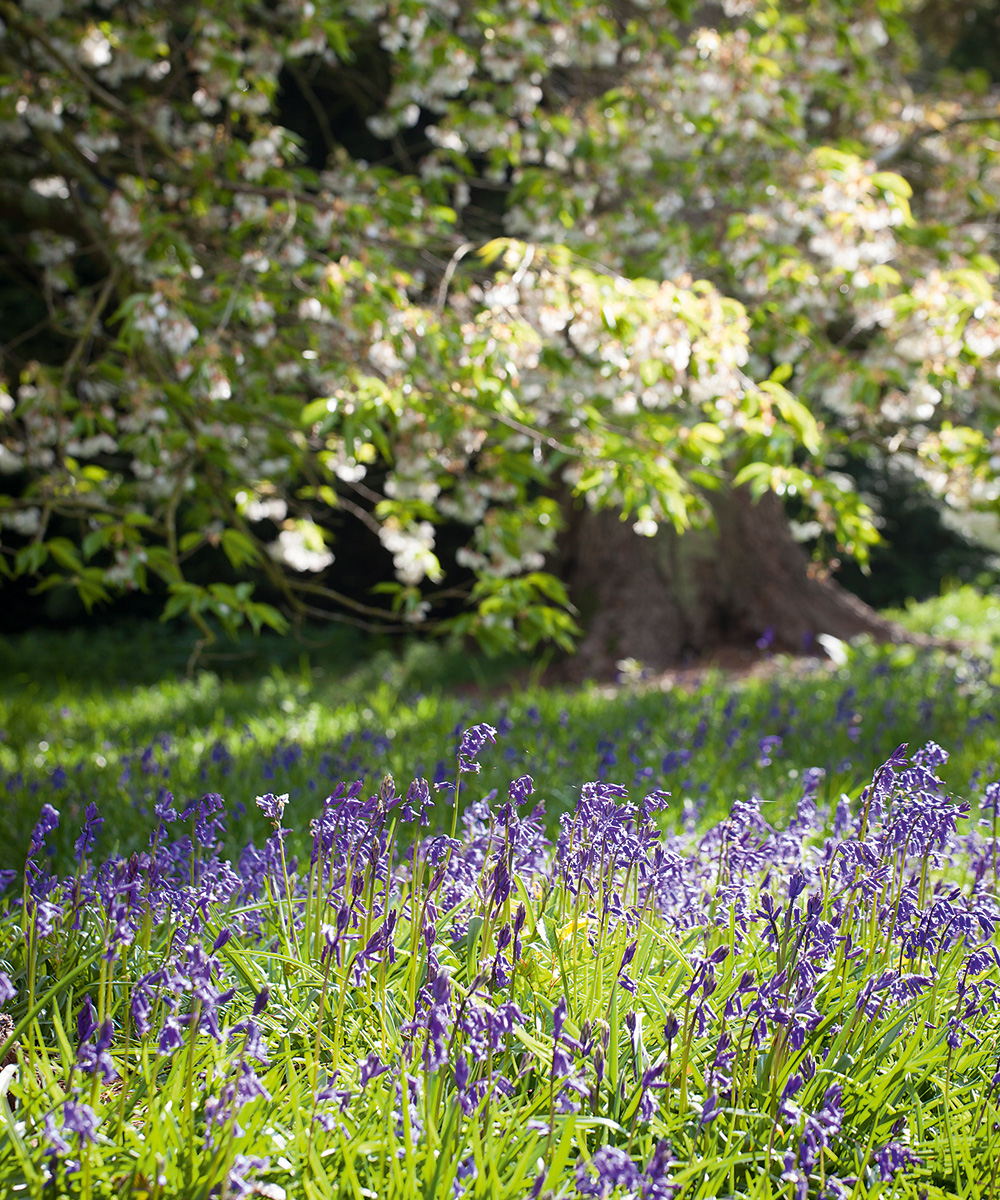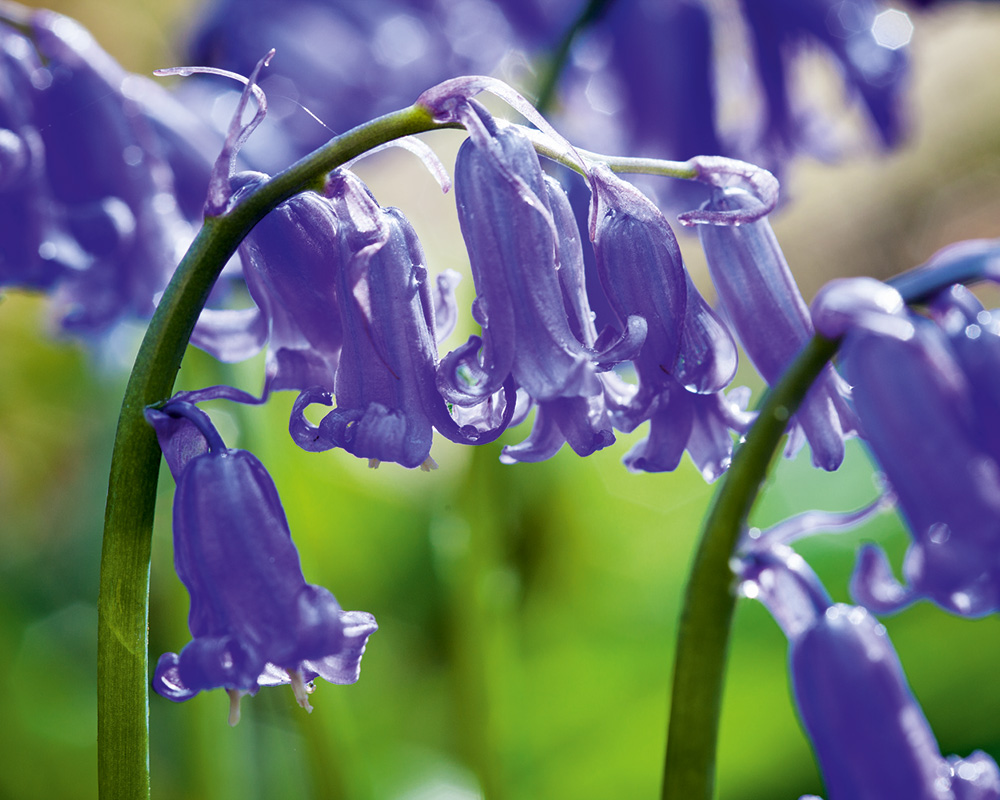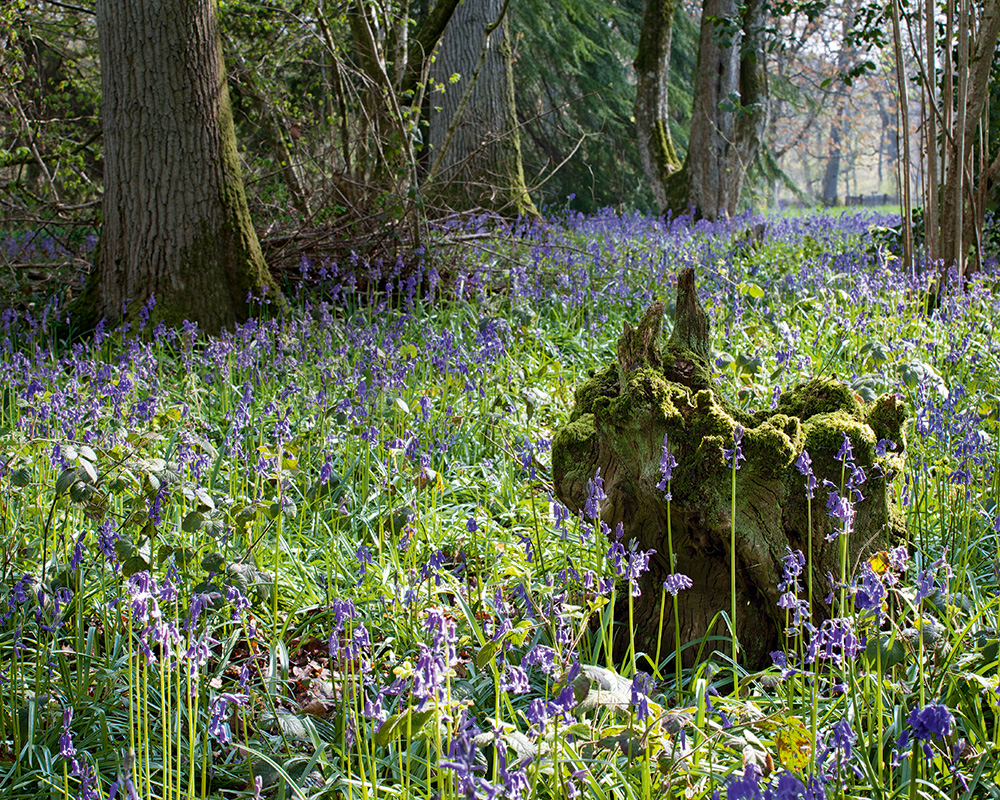How to grow bluebells
The stuff of myth and legend, these glorious flowers are true hallmarks of spring


Ephemeral, startling and memorable, the bluebell Hyacinthoides non-scripta, growing en masse, never fails to entrance. ‘We all find a haze of bluebells beneath beeches more magical than anything we can create,’ wrote Beth Chatto.
- See: How to grow roses – with tips from a gardening expert

To Elizabethans, bluebells were enchanted, and heaven forbid you hear their bell-shaped heads ring, for death would likely follow. Links with folklore were still prevalent more than three centuries later, as borne out by Cicely Mary Barker’s depictions of Flower Fairies (the first book in the series was published in 1923) and her assertion that the bluebell be ‘the peerless Woodland King’. They are excellent woodland plants and thrive in dappled light.
Deep blue H. non-scripta, a perennial bulb, flourishes in humus-rich soils, and on limestone ridges. Young shoots push their way up through leaf litter to allow their flowers to open in the dappled shade of trees such as beech and oak.
The bluebell is a natural indicator that helps us to identify ancient woodlands, where it has grown for hundreds of years. Rich in pollen and nectar, it is also a vital food source for many native insects, including its main pollinator, the bumblebee.

- See: How to grow dahlias – a step by step guide to growing dahlias from tubers
How to grow bluebells – and create a bluebell carpet
Here's how to create your own bluebell carpet, whether in a field, a small backyard or in woodland.
1. Buy seeds or bulbs from a reputable source
Ensure that you only plant the native variety. Check with your supplier that bulbs have been grown locally, from cultivated stock.
2. Plant them in the right place
Bluebells like dappled shade around the base of trees, and a light humus-rich soil rather than heavy clay.
Sign up to the Homes & Gardens newsletter
Design expertise in your inbox – from inspiring decorating ideas and beautiful celebrity homes to practical gardening advice and shopping round-ups.
Think carefully before planting: although bluebells are not easy to establish, once they get going, they can be tricky to control.
Bluebells are best planted where they will not be disturbed, in large areas of rough grass or open woodland.
3. Plant bulbs at the right time

You can plant bluebell bulbs either in the autumn or in the green (immediately after flowering in late spring).
If buying bulbs in the green in spring, plant them when they are received. If your ground is still frozen, then plant them temporarily in damp compost in a sheltered place and transplant as soon as possible.
You can also buy fresh seed which is harvested in July and August and sent out between September and November.
4. Propagate from seed
Propagating from seed is slower (it will take up to six years before you have a fully flowering bulb) but is cheaper and easier if you want to plant up a large area. Sow seeds thickly in the wild so that sufficient numbers survive the depredations of small animals.
5. Plant enough bluebells for blanket coverage
You will need roughly 150 bulbs per square meter, although fewer if you are planting them in drifts.
For seed planting, you will need 2g per square meter if you are sowing in a prepared seed bed or up to 20g if the seeds are to be sown in the wild.
6. Choose suitable companions for bluebells
Good companion plants for native bluebells are red campion (Silene dioica) and greater stitchwort (Stellaria holostea).
7. Remove rogue bluebell varieties
If you have another invasive variety of bluebell in your garden that isn't native, you should consider removing them in case they spread to nearby woodlands of native bluebells.
Dig up the rogue plants after flowering with their leaves intact. Leave them to dry out for up to a month to ensure they are completely dead before disposing of them with care.

Jennifer is the Digital Editor at Homes & Gardens. Having worked in the interiors industry for several years in both the US and UK, spanning many publications, she now hones her digital prowess on the 'best interiors website' in the world. Multi-skilled, Jennifer has worked in PR and marketing and occasionally dabbles in the social media, commercial, and the e-commerce space. Over the years, she has written about every area of the home, from compiling houses designed by some of the best interior designers in the world to sourcing celebrity homes, reviewing appliances, and even writing a few news stories or two.
-
 This simple marble hack elevates my budget-friendly wooden kitchen countertops and prevents the dreaded water damage for way less than you’d think
This simple marble hack elevates my budget-friendly wooden kitchen countertops and prevents the dreaded water damage for way less than you’d thinkThis design trick looks expensive, solves a problem, and was the easiest decision I made during my kitchen reno
By Charlotte Olby Published
-
 Emily Blunt gifted Cillian Murphy this $545 pillow – she's 'obsessed' with these luxury pillows, and frankly, so are we
Emily Blunt gifted Cillian Murphy this $545 pillow – she's 'obsessed' with these luxury pillows, and frankly, so are weThe Oppenheimer stars sleep on this ultra-luxe goose down pillow – here's why we love it – plus our affordable alternatives from $35
By Sophie Edwards Published